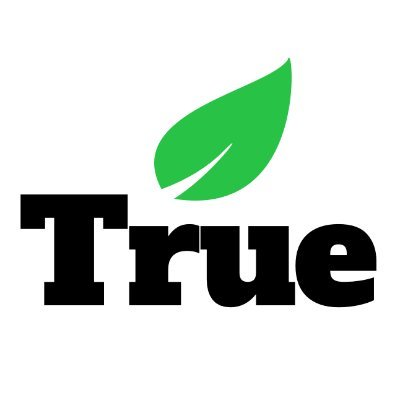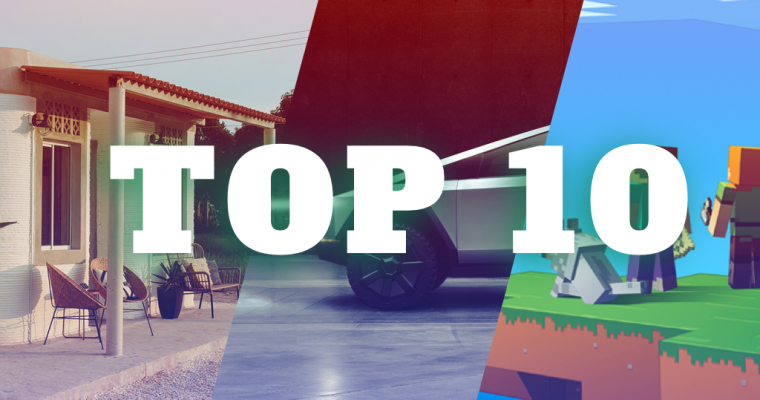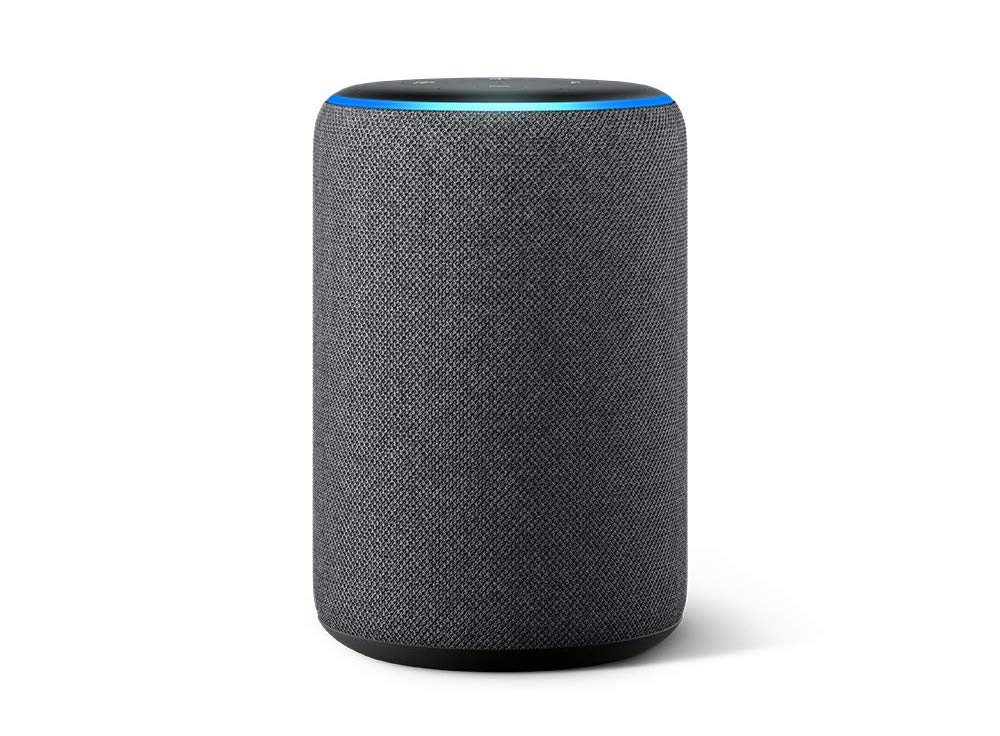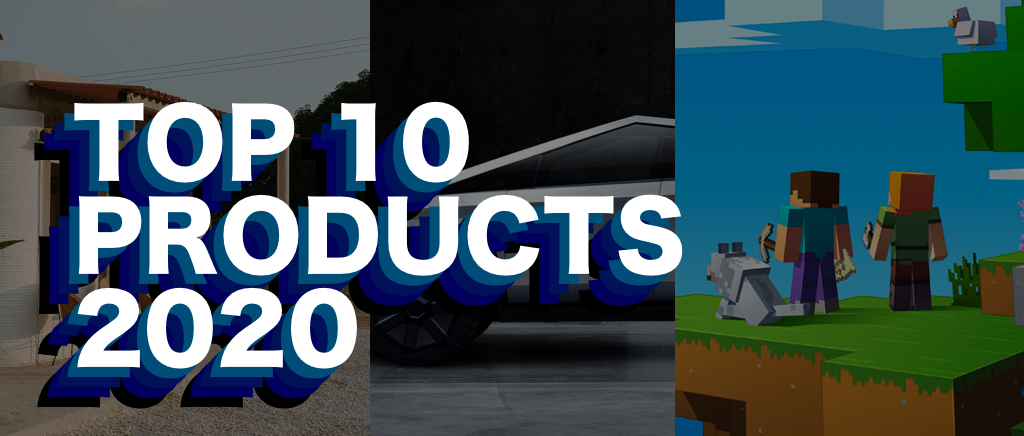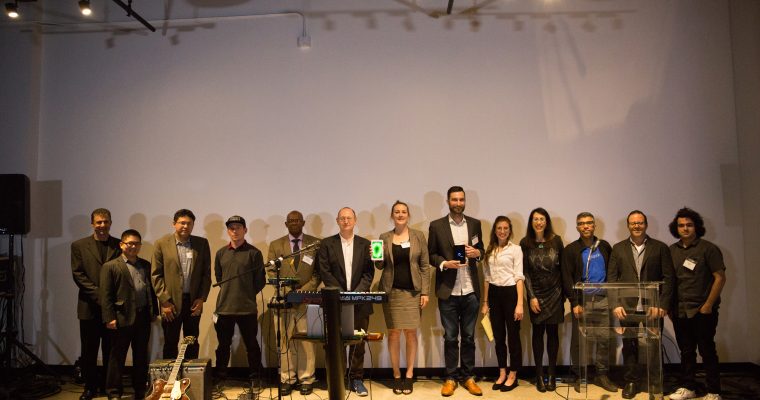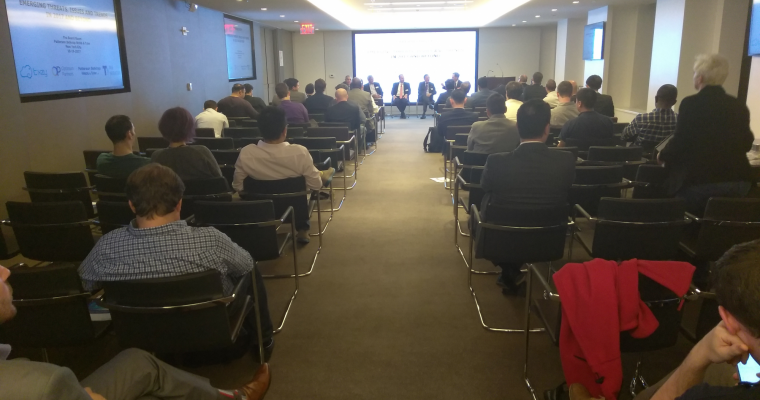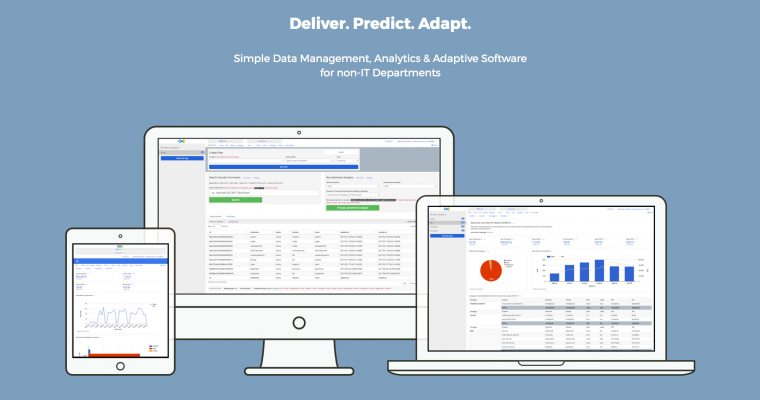A decade has past to learn from, and we have a decade to be inspired. The top products to look forward to in 2020 have taken years to get here. Not only have the companies behind them ideated, but executed, and delivered products into the marketplace.
If you’re wondering where the future is. It’s here, It’s just not evenly distributed yet.
These companies have harnessed Specific AI, Automation, Cloud-Based Micro-Service Architecture & Across-Device, Over-the-Air, SDKs & APIs, and some have aggressively targeted critical social situations that need new solutions.
To make the Top 10 List, the following products need to fulfill one or several of the criteria below. These product designs have to be:
- Bleeding edge + useful to our lives
- Intelligent & holistically considerate thinking
- A platform for community growth
Wit that being said, let’s look at the top 10 product designs in 2020
1. Icon's Vulcan II
Download & Print your House at Half the Cost
Icon is introducing 3D Printing to the housing market, and has been making a real impact on cost of construction so far. Critically impoverished and homeless have been dignified with solid construction and elegant design. As our world continues to automate we may find more of the world homeless.
Icon’s Vulcan II is capable of printing upwards of 2,000 sq. ft. and you can download & print your house at half the cost. Lower cost in quicker time means less resources needed to produce a house, which in some cases may receive push back from contractors; however this product increases value to a homeowner – which is good for business profit margins.
Icon’s Vulcan II debuted in 2018 and is ready to ride the wave of the 4th Industrial Revolution. Icon scores high for bringing technology to the market to help those that need it most.
2. Tesla's CyberTruck
A Platform for Automotive
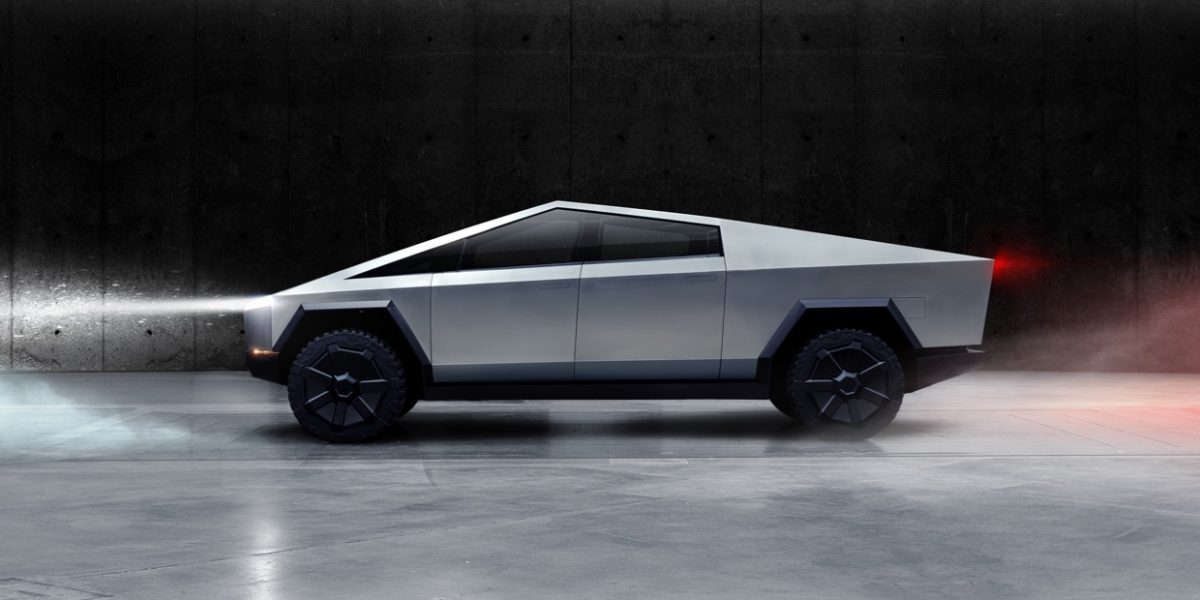
The Tesla Cybertruck is a breakout product.
Tesla’s Cybertruck product impresses upon the mind, that it embodies everything a car should be. Impact Resistant, Goes Anywhere, Wicked-Fast, Useful and Efficient. Car designs have been stagnant for decades. The Tesla design team accelerated through acceptable design limits, cutting through legacy brands.
Unlike other brands, Tesla is not just a car, it’s also a platform. Tesla runs its own power network across the country, which is almost its own social network. As consumers are pressured to shift away from gas engines to hybrid or pure electric options – the company with a nationwide recharging network is ready for a shared services model.
Unfortunately by pushing bleeding edge with AI, consumers have mis-understood the limitations of specific AI (i.e. trusting the AI too much and falling asleep at the wheel… And Crashing), however since a Tesla is pretty much an iPhone-on-Wheels it receives over-the-air software updates as needed to adapt faster.
Tesla has a platform and can scale into other categories such as shipping and increase its collective intelligence by continually improving and its AI. Tesla gets high scores for brand acceleration, however at some point it we’d like to see Tesla expand into lower price-point markets.
3. Boston Dynamics' Spot
Industry’s New Best Friend
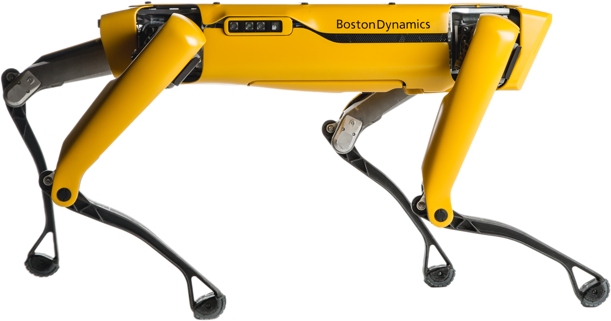
Right around Mid September of last year Boston Dynamics spiked interest in their latest industrial application called Spot. There are a few technologies that tickle a little fear, like Boston Dynamics Spot Platform. Netflix’s Black Mirror Mini-Series Episode: Metalhead explores the result of weaponizing highly mobile autonomous robots.
While entertainment shows us a world filled with killbots; the real world is filling up with actual killbots…
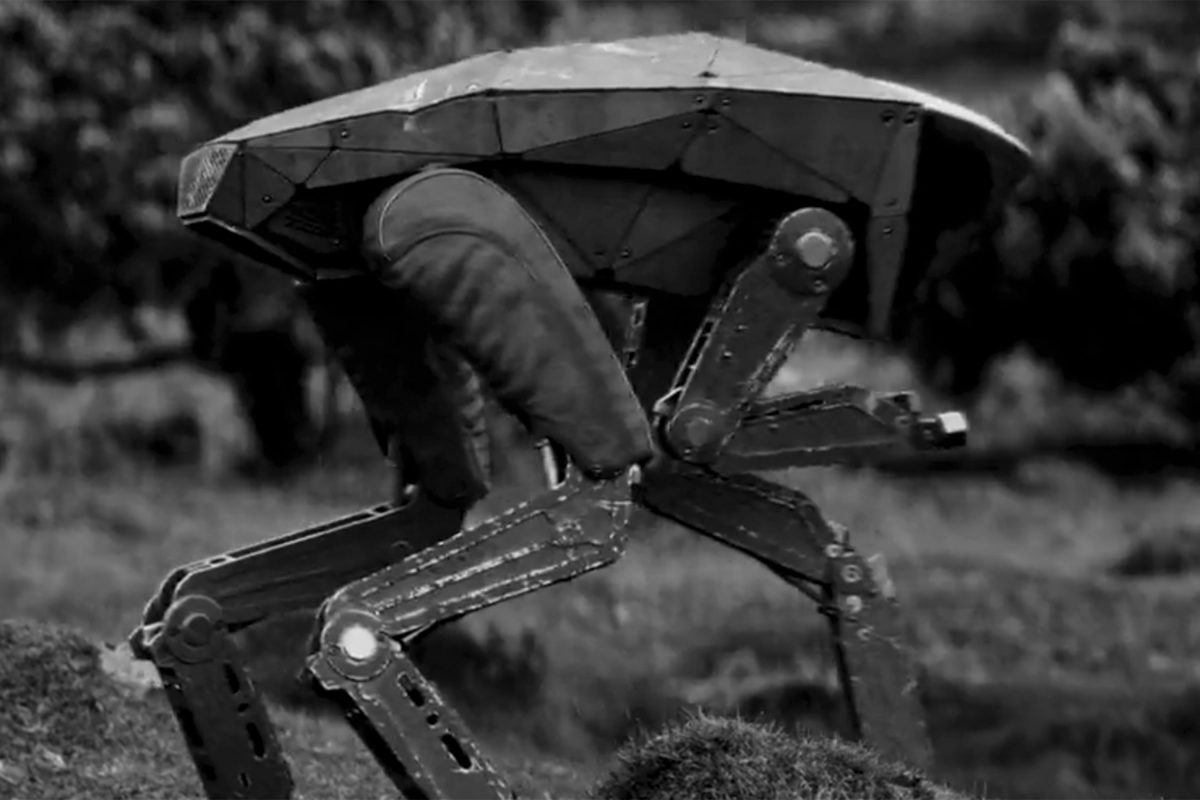
AI Powered weapons platforms are networked and loaded with on-board sensors and weapons systems that are, fast and accurate.
Source: DefenseOne
Perhaps because of its canine-like posture and name. Spot aligns with the archetype of mans best friend (the dog). This domesticated robot fits very well within the industrial environment, and its backbone platform for hardware and software makes it ideal for adapting to business needs.
This product scores very high as it provides a bleeding edge platform for utility. However currently there appears to be very little related to deploying this platform within other domains of society.
4. Google's Sycamore Chip
Ushering the New Era of Computing Power
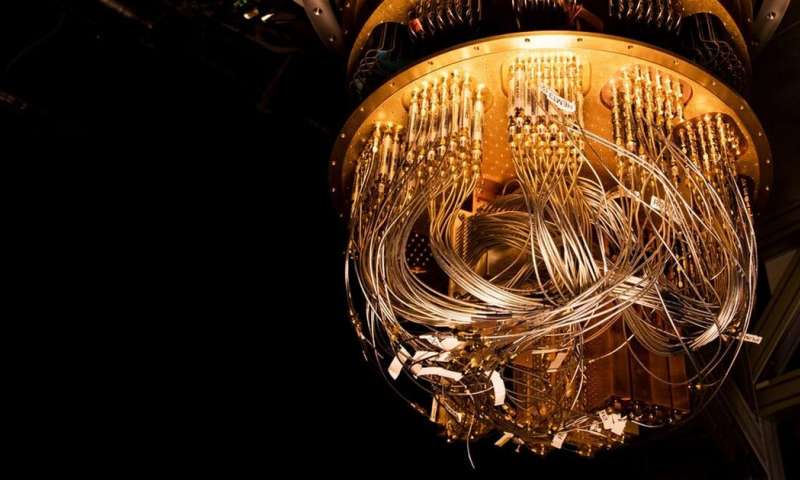
Google has delivered value for so many for consumers and businesses. With cash on hand over $100+ Billion, and over 100,000 employees, Google has plenty of room to explore, and Google’s Sycamore Chip may become the new tool for academic researchers and companies to find applications to solve critical issues.
The dreams are high and the first results are in. The Sycamore Chip is FAST, but not in traditional ways – In some ways it can produce a result in 200 seconds vs. a traditional supercomputer that may take 10,000 years. However some of the latest super computers coming out of NASA’s Oak Ridge National Lab may still give the Sycamore Chip a run for its money.
The Google Sycamore Chip scores high for breaking through to a new realm of computing, however its still early and like most things in the early days, are error prone and not ready to be packaged up and shipped to your doorstep. It may take an entire decade for companies and research scientists to create applications; but if and when those applications find a market fit, watch out!
5. Amazon's Echo with Alexia
The Power of Presence
Even though since 2018 Google Home has had more sales per month than Amazon Echo, Amazon still has a 2.55 to 1 ratio of household share. Amazon is becoming ubiquitous providing its audience many ways to interact with the brand; and some I dare say would find it a challenge to not have Amazon in their life.
The benefit of being a technology company first is your ability to bleed into almost any domain you’d like. Amazon Echo engulfs many formerly disparate services such as voice search, music, shopping, personal assistance and home security.
The Echo has become a staple in over 40m households, and its continual growth and adoption may provide a challenge for Google as it relates to Voice Search, as Voice so far has had a tendency to provide 1 result, where as the conventional search results page returns 10 to 100,000,000s of results.
6. Beyond Meat
Goodbye Conventional Meat. Hello Alternative.

The United Nations and the World Bank are telling us that by 2040 conventional meat supply will drop by 33% however food demand will increase between ~30% to ~60%. So what should we eat? Alternative meat? Beyond Meat goes beyond the stigma of non muscle-tissue food sources by providing something that tastes better and costs less.
Not only has Beyond Meat built a great product, they’ve been accepted by the marketplace with several successful initiatives with McDonalds, Carls Jr and Dunkin.
From a Brand perspective, Beyond Meat has had a stellar track record of staying top of mind over competitors Impossible Meat and Redefine Meat. As environmental pressures grow related to cattle methane and meat production costs Beyond Meat should have a steady market to eat into.
7. Netflix
The Storyteller of the Decade

Netflix made the right decision to switch to a cloud-based micro-services architecture to handle its growing its list of subscriber pushing beyond 160M active accounts. Serving up content across Gaming Consoles, OTT, Smartphone, Desktop and TV means the Netflix brand is accessible everywhere you are.
With approximately ~33% of consumers cancelling their cable TV in 2018 alone Netflix has done a superb job building original appealing content for their subscription service.
Taking place of your DVD library Netflix has a smattering of great titles, and a ton of “meh” sequels, and a continual stream of new cross-over content (i.e. from the gaming industry including Castlevania and the Witcher). Book-to-movie titles such as Birdbox resulted in 45M views it’s first weekend.
Netflix has been incredibly sensitive to what makes a series popular such as the psychological technological horror series Black Mirror which melds the advent of technology with the frailty of humanity.
8. Minecraft by Mojang
Rated E for Everyone. Literally Everyone!

Minecraft’s procedurally generated open world is a canvas for fun, creativity and a way to make a real-life income. The team at Mojang has delivered a single brand experience across multiple devices further reinforcing their Better Together mantra with cross-platform collaborative play. A community of gamers and hobbyists create together without the restrictions of device silos.
A game that can attract everyone from toddlers, youtube influencers and award winning architects has done something right. Similar to Lego, Minecraft has become a social norm and may continue to be so, even while numerous copycats attempt to draft off Mojang’s success.
While Minecraft doesn’t necessarily develop “bleeding edge” technology, Mojang has successfully inverted technical capabilities to suite the needs of communal creation and monetization which by all accounts is a stellar achievement.
9. Yang2020 and the #YangGang
Wholly Different. Caring & Truthful.

Andrew Yang is a by-product of American culture. As an entrepreneur he traveled across the country to discover the pulse of Americans, using data to find the reasons why so many are struggling to keep hope alive. As a result Yang packaged up a concept called “Humanity First” & “Not Left, Not Right. Forward”
In terms of audience interest, he punches heavier than his weight.
His team uses technology well, and appear adept and experienced. However its the message that is cutting through, being adopted and shared because it resonates with long-asleep values that every human shares.
This is a cognitive product that has been packaged very well.
10. Carbon-Scrubbing Artificial Trees
The $6 Trillion Dollar Silver Bullet

This product has been around for a while, and the tests look good. Apparently we can solve our entire carbon issue with a form of sequestration.
This shag looking carpet is a type of resin that extracts CO2 from the atmosphere 1,000 x better than a tree, which is good, because a forest is incapable of handling our industrial strength emissions, so why not have industrial-strength artificial trees.
Too much Yin, not enough Yang? Nature works in cycles, and we should too.
The good thing is carbon can be converted back into liquid fuel (gasoline, diesel, methanol, dimethyl ether or alcohol), or used for concrete construction in 3D Printers for housing, or stored back in the ground with the dinosaurs.
In terms of cost we’re looking at ~$20,000 to manufacture each Artificial Tree. And we need 100,000,000 to capture the carbon we currently produce. And we’d need another 100,000,000 to remove the carbon currently in the atmosphere. Add in an additional $10,000 for installation. Manufacturing 200,000,000 Units would require automation to produce in a timely manner. Desserts may be the best location for large-scale installation. It would take 50 years to get back to balance.
What a great legacy we would leave, if we invested in our future.
